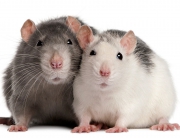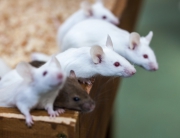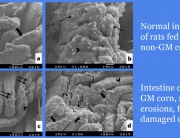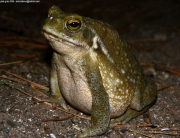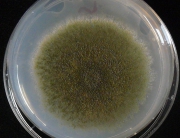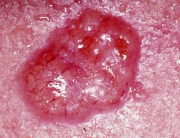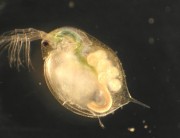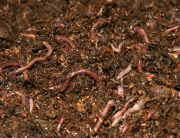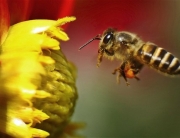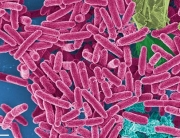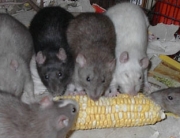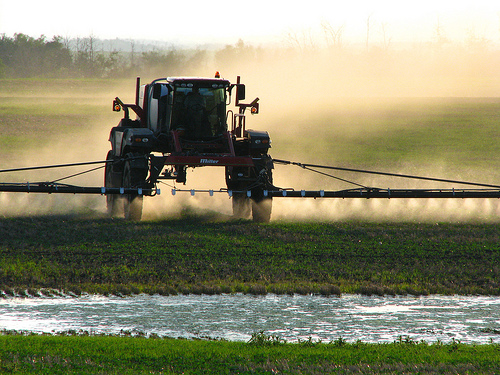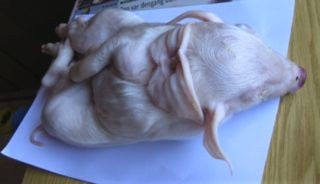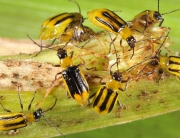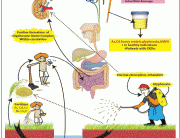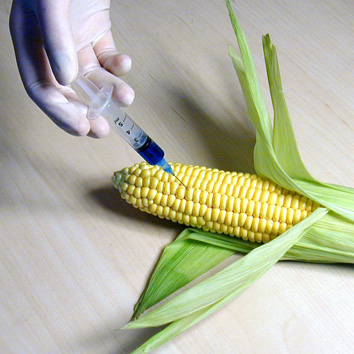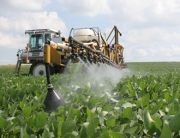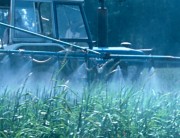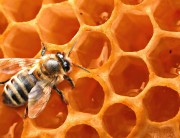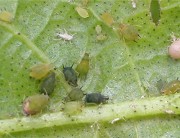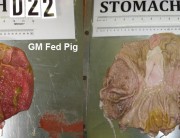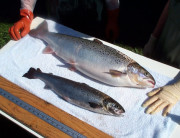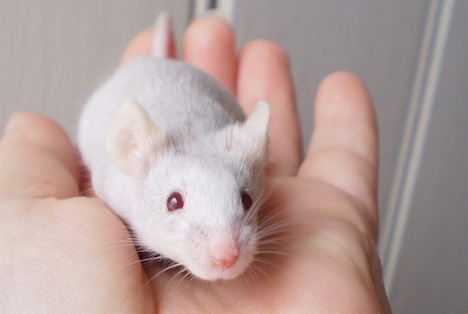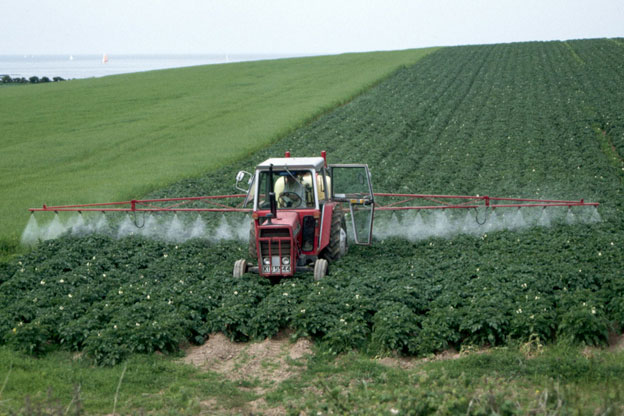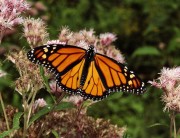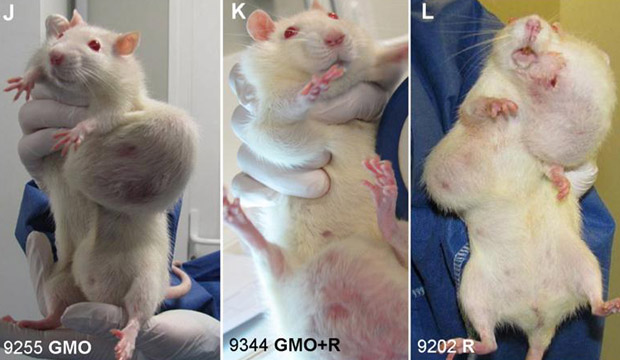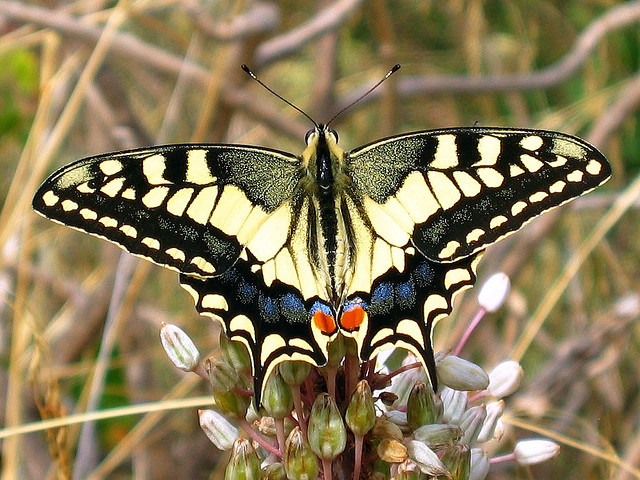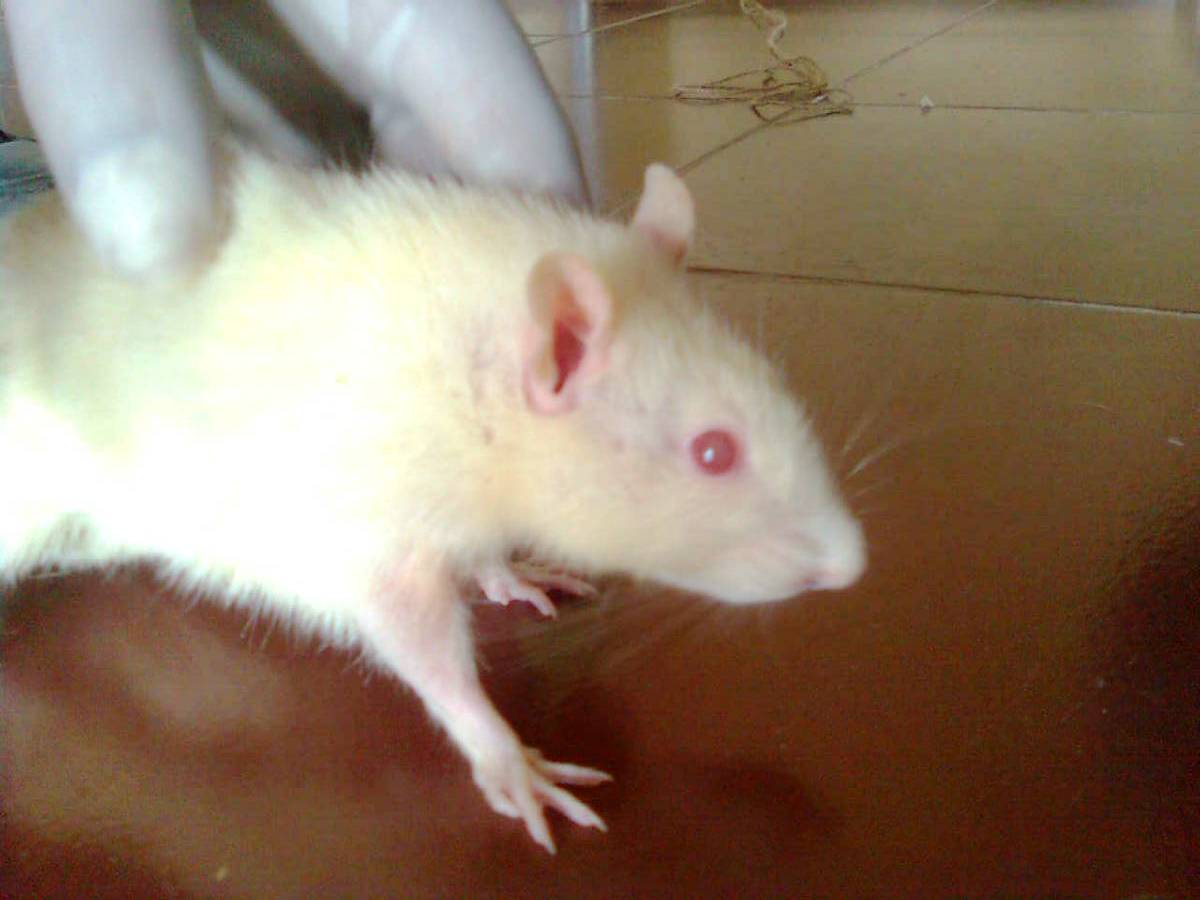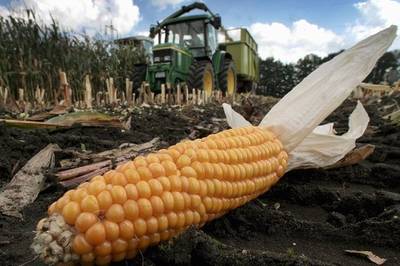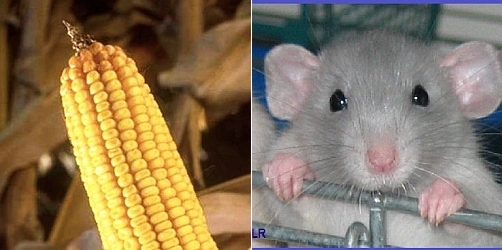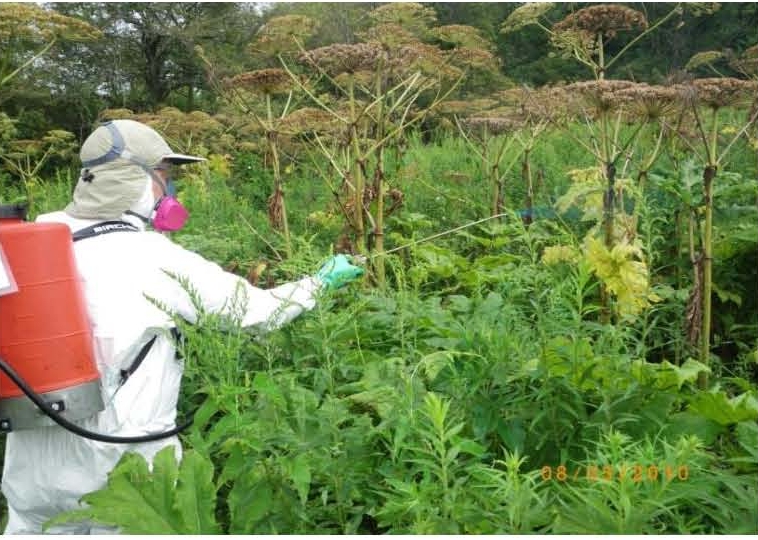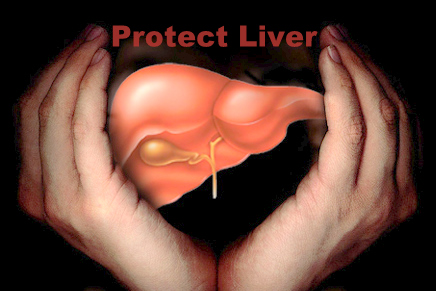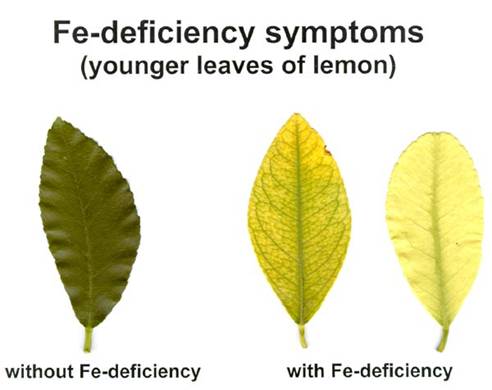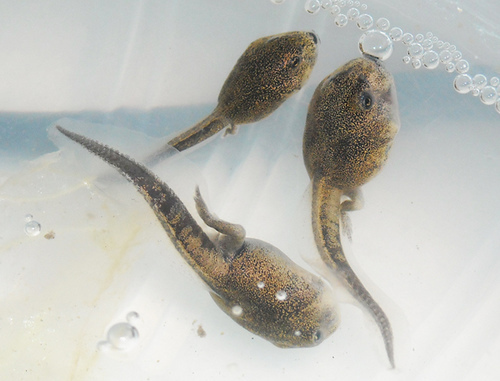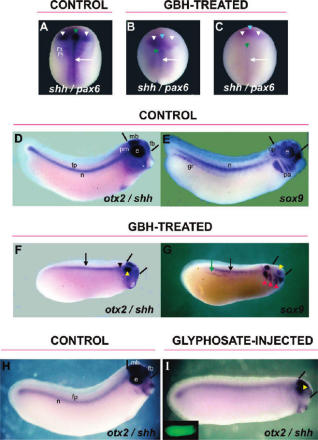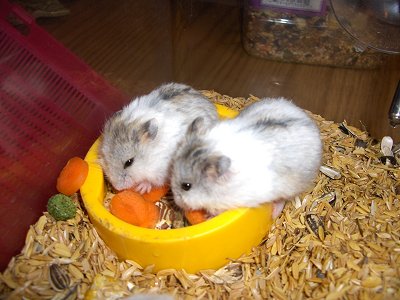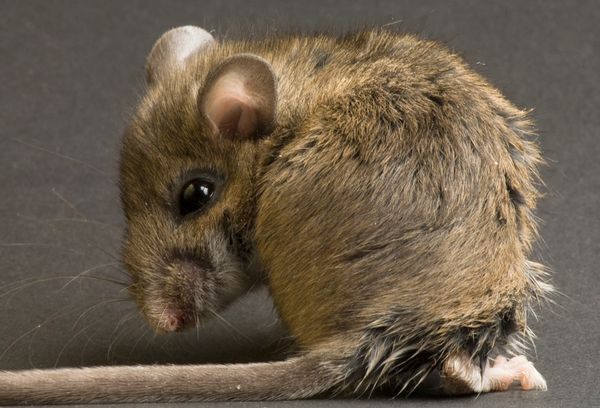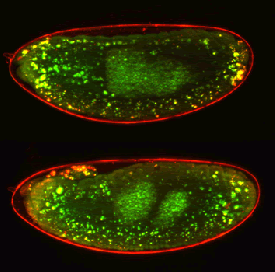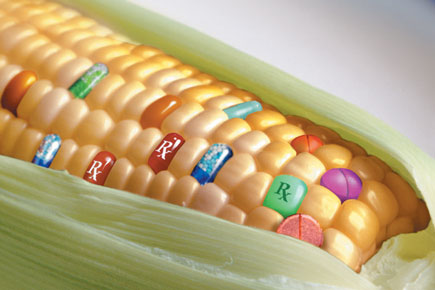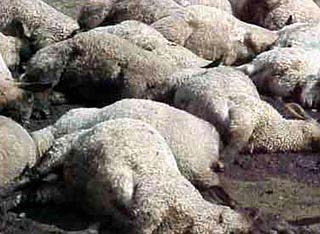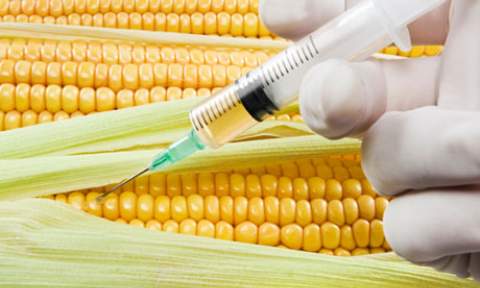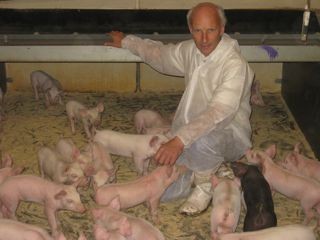Hive-bound young honey bees (Apis mellifera) are being poisoned by insecticide and weed killer gathered by their foraging hive mates, according to new research published in the Journal of Experimental Biology.
Impaired associative learning after chronic exposure to pesticides in young adult honey bees
Full Study: jeb.biologists.org/
Authors: Carolina Mengoni Goñalons, Walter M. Farina
Abstract
Neonicotinoids are the most widespread insecticides in agriculture, preferred for their low toxicity to mammals and their systemic nature. Nevertheless, there have been increasing concerns regarding their impact on non-target organisms. Glyphosate is also widely used in crops and, therefore, traces of this pesticide are likely to be found together with neonicotinoids. Although glyphosate is considered a herbicide, adverse effects have been found on animal species, including honey bees. Apis mellifera is one of the most important pollinators in agroecosystems and is exposed to both these pesticides. Traces can be found in nectar and pollen of flowers that honey bees visit, but also in honey stores inside the hive. Young workers, which perform in-hive tasks that are crucial for colony maintenance, are potentially exposed to both these contaminated resources. These workers present high plasticity and are susceptible to stimuli that can modulate their behaviour and impact on colony state. Therefore, by performing standardised assays to study sublethal effects of these pesticides, these bees can be used as bioindicators. We studied the effect of chronic joint exposure to field-realistic concentrations of the neonicotinoid imidacloprid and glyphosate on gustatory perception and olfactory learning. Both pesticides reduced sucrose responsiveness and had a negative effect on olfactory learning. Glyphosate also reduced food uptake during rearing. The results indicate differential susceptibility according to honey bee age. The two agrochemicals had adverse effects on different aspects of honey bee appetitive behaviour, which could have repercussions for food distribution, propagation of olfactory information and task coordination within the nest.






